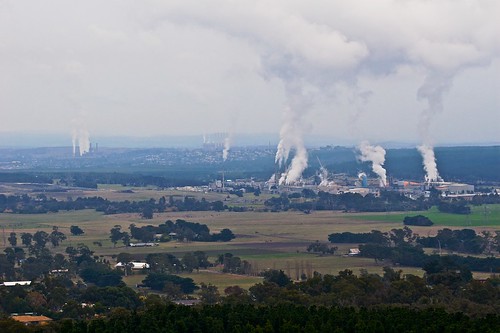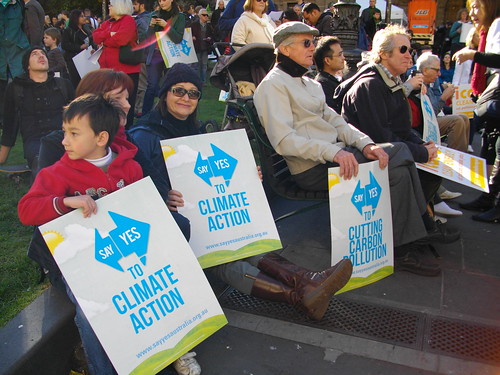Friday, August 19, 2011
Discussion Group Summary: Carbon Tax
Thursday, August 18, 2011
UWA Extension Course open for enrolment now!
The Bluestocking Institute is offering the course "Globalisation: Another World Is Possible?" via UWA Extensions, on Wed nights for 4 wks starting October 5th. Enrolments are now open at http://www.extension.uwa.edu.au/course/cc113. All welcome!
Globalisation : Another World Is Possible?
The course, “Globalisation: Another world is possible”, seeks to give participants a deeper understanding of globalisation. From the anti-globalisation protests in Seattle to the role of Wiki leaks in the recent Egyptian uprising, we ask: How is globalisation changing the world, and how does this affect our everyday lives?
The course is composed of four weekly, two-hour sessions that will investigate globalisation’s various faces; from the rise of terrorism and the role of the internet, to the infiltration of Coke and McDonalds to the four corners of the globe. The course will include an overview of the major issues and debates, with some real life accounts and examples of globalisation in action. Each session will end with a casual group discussion around some tea and snacks, where participants are encouraged to explore and share their ideas.
Week 1: The Global Economy
Week 2: The Environment
Week 3: New Media
Week 4: The Future of a Globalised World
Presented by: Sky Croeser, Kelly Gerard and Michelle Hackett
Location: UWA Extensions, Claremont, WA
Thursday, August 4, 2011
Call for Submissions from the International Museum of Women
Submit Your Work Now for the Next Online Exhibition of the International Museum of Women (IMOW)!
Published Submissions Eligible for a US$1,000 Community Choice Award
Artists, filmmakers, photographers, musicians, writers—IMOW is now accepting submissions of any media type for our new online exhibition, Your Voices: On Motherhood. Contributions can come in any medium that is currently supported on IMOW.org and work must address a topic related to motherhood. Published submissions will be eligible for a US$1,000 Community Choice Award, with $500 going to the individual contributor and $500 going to a women’s nonprofit of the winner’s choice!
IMOW wants to showcase the experiences, ideas, joys and challenges of a new global generation on motherhood. What are your fears and hopes as you think about whether to become a mother? How is being a ‘good’ mother defined in your country or culture? How is mothering now different to your mother or grandmother’s generation? Tell us your story and submit your work today!
For more information and submissions guidelines click here


